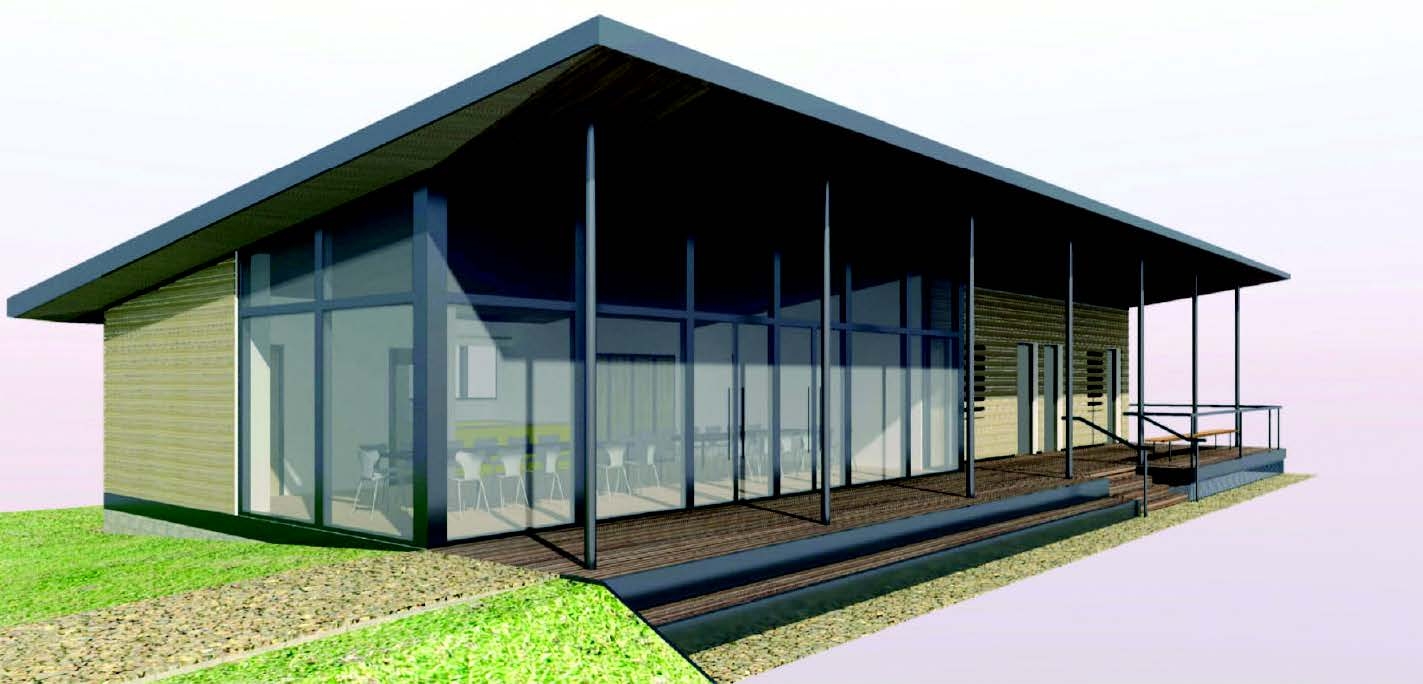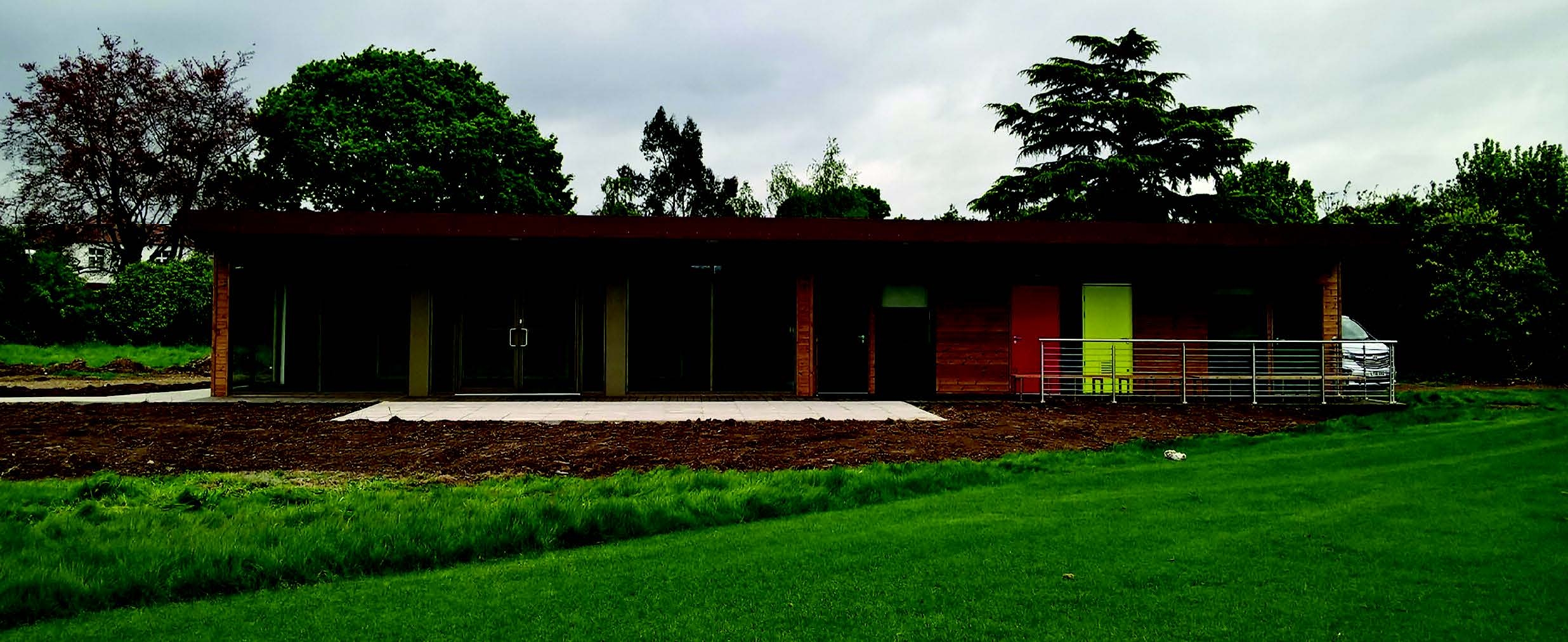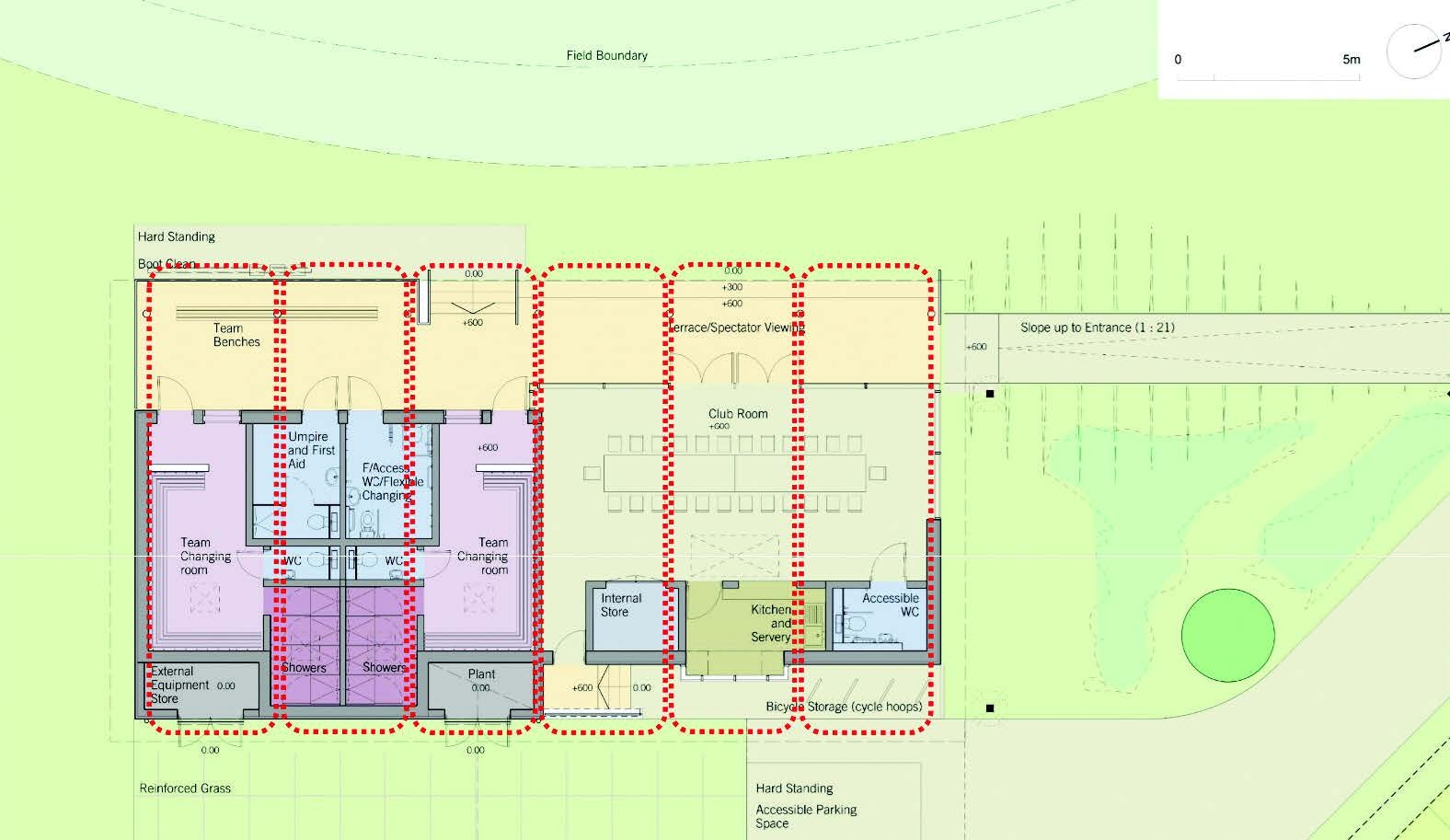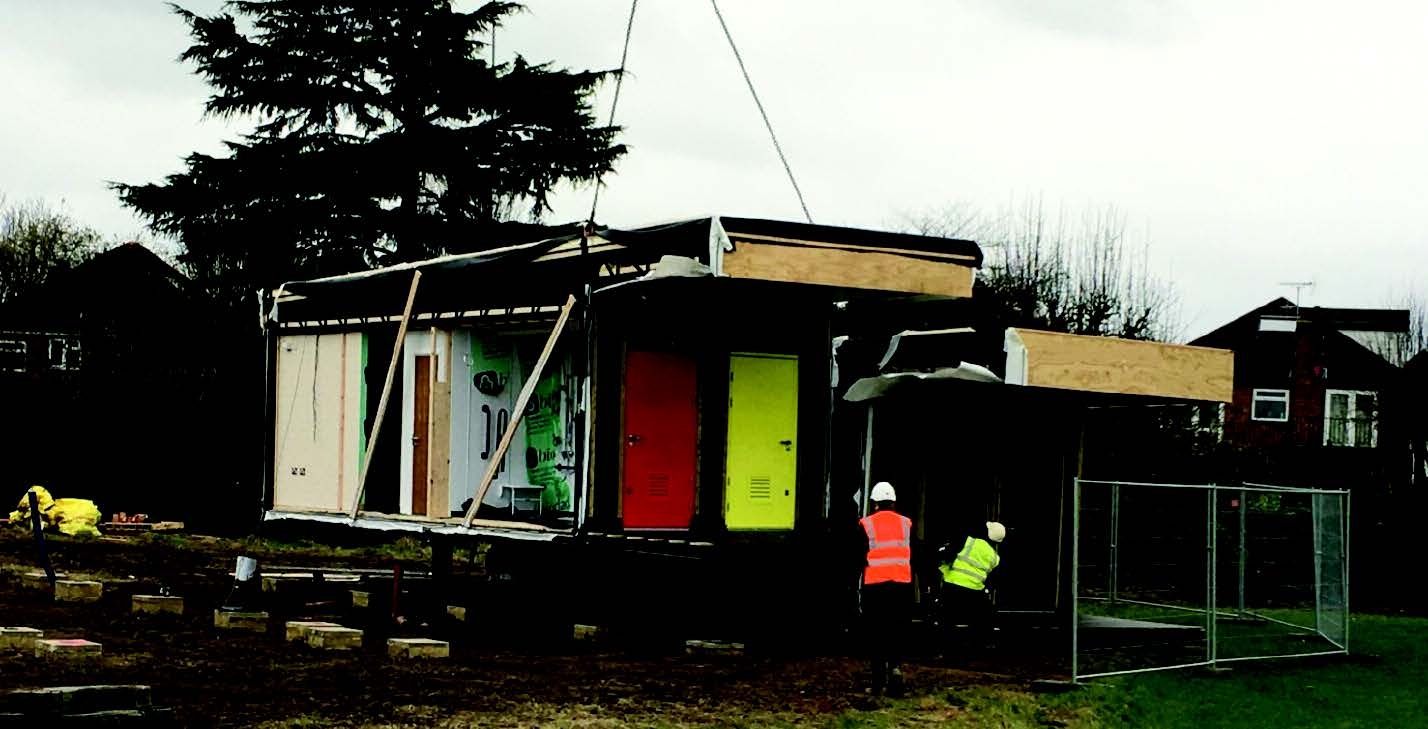
Off-grid, affordable and sustainable modular cricket pavilions may be the answer to bringing the sport to more communities across the UK. Christian Guyton reports.
New solutions
Recognising that lack of infrastructure is frequently a barrier to delivering pavilions to sites that would otherwise be ideal for cricket, the England and Wales Cricket Board (ECB) worked with Sport England and David Morley Architects (DMA), to explore new ways to bring cricketing opportunities to more communities.
DMA was given a brief to design a pavilion that was:
DMA have worked with the ECB before, most notably the pavilion and indoor cricket school at Lord’s Cricket Ground, but also on the headquarters of the ECB and the National Cricket Academy.This is currently the largest indoor cricket training centre in the world. This latest project, however, was much smaller in scope and funding, demanding careful use of resources and a strong focus on sustainability in the building’s design.




Ealing Cricket Club – the first prototype
Background
Back in 2008 councillors discovered the unused Popesfield pitch and set about breaking the lease to re-acquire the land. After considering many traditional building structures for the new pavilion, including timber and brick, Ealing Council decided to adapt DMA’s existing grid-based plans to a modular design solution.
Modular construction company Integra Buildings was brought in to deliver a fully functioning cricket pavilion to the Popesfield ground in less than six weeks. Comprised of six units, each of which could fit on the back of a lorry, the new pavilion was constructed off-site then assembled and bolted together on the playing fields.
The design
A colourful modern design has been created with an exterior decking area for additional seating under a protective overhang, occupying a little under 200sq m. The modular pavilion meets Sport England’s requirements for a cricket pavilion, but also offers future customisation.
The finished pavilion comprises:
Off-grid possibilities
The pavilion also offers the ability to be built off-grid. Ultimately, the pavilion was connected to the national grid, although a number of potential options were explored for future off-grid pavilions including solar panels, rainwater collection and natural ventilation.
Funding
Many community clubs have to fundraise to survive, so making this project as small and economical as possible was vital. Sport England contributed some funding and expertise to the project with the bulk being met by Ealing Cricket Club. The total cost of the new building and infrastructure came in at just under £650,000, close to Sport England’s cost guidance figure of £645,000 for a traditional pavilion with a club room.
Creating public grounds where teams are willing to play
Chris Whitaker, facilities and investment manager for the England and Wales Cricket Board, believes the new modular design will help drive more pavilions and high-quality playing grounds. This can help develop grassroots cricket, providing a solution for many established clubs, which are “effectively blocked by middle-aged men”. Sites such as Popesfield can attract a demographic that is more diverse in age, race and gender.
Whitaker points out that “People’s expectations are so much greater now and they feel more comfortable playing somewhere where the facilities are of a really good standard. When you’re massively keen on a sport you don’t care about the facilities, you just get up and play, but after a few years you start to think there must be something better out there. If we don’t invest, it’s at our peril in terms of participation.”
A proof of concept building for future pavillions - the potential for roll out
Mytom says the project has generated new interest in modular schemes at the ECB. Previous modular builds had been confined to single-unit designs such as a simple portable cabin. “This scheme has given them the building blocks for a new pavilion without compromise and yet is still modular. It also gives them the ability to make the pavilion bigger by any number of modules.”
“There was a desire to use this project as an exemplar, a proof of concept” he says. “Sport England has taken from this project material which has informed their standards and their pavilion guidance. This was a project to capture information that can be used going forward”.
DMA and the ECB expect the cost to significantly reduce as more modular pavilions are built and initial teething problems are ironed out. Mytom notes that the construction modules used were bespoke for the Ealing Club, and says greater savings could be made if modules could be replicated for multiple future builds.
The ECB is now in early talks with other local authorities to bring modular pavilion projects to more playing fields. “This is an easy solution and putting them together is incredibly fast and less weather-dependent than anything else available right now,” says Whitaker.
If modern, modular pavilions can be designed and delivered with these cost and time savings, an increase in the number of viable places to play cricket seems likely.